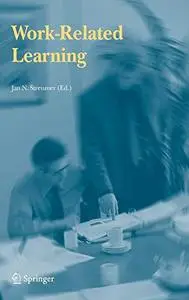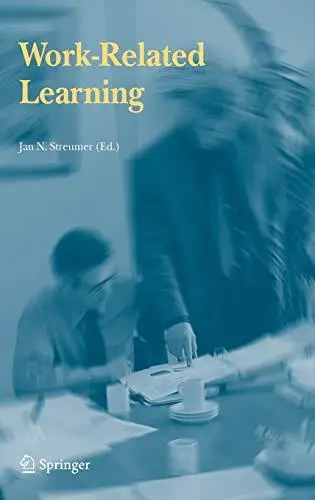Work-Related Learning By J.N. Streumer, M. Kho (auth.), Jan N. Streumer (eds.)
2006 | 400 Pages | ISBN: 1402037651 | PDF | 3 MB
2006 | 400 Pages | ISBN: 1402037651 | PDF | 3 MB
Work-related learning (WRL) is a topic of steadily increasing interest to today’s vocational education institutions as well as organizations in business and industry. This book derives from an international HRD conference held at the University of Twente, The Netherlands. Key papers from the conference have been combined with other high-standard contributions. Together they offer an international collection of leading edge research. The book brings together contributors from various parts of the EU and the USA and includes examples of good practice and recent research on work-related learning.Work-related learning can be broadly seen to be concerned with all forms of education and training closely related to the daily work of (new) employees, and is increasingly playing a central role in the lives of individuals, groups or teams and the agenda’s of organizations. However, as this area of study becomes more prominent, debates have opened about the nature of the field, as well as about its configurations and effects. For example, some authors have a broad definition of WRL and define it as learning for work, at work and through work, ranging from formal, through semi-structured to informal learning. Others prefer to use the concept of WRL mainly in connection to informal, incidental learning processes during work, leading to competent workplace learners. Formal and informal learning are distinguished from each other with respect to the level of intention (implicit/non-intentional/incidental versus deliberative/intentional/structured). Another point of discussion originates from the different ‘theoretical backgrounds’ of the authors: the ‘learning theorists’ versus the ‘organizational theorists’. The first group is mainly interested in the question of how learning comes about; the second group is predominantly interested in the search for factors affecting learning. This book is essential reading for practitioners, researchers, teachers and students in the HRM and HRD field as well as in the field of VET.



